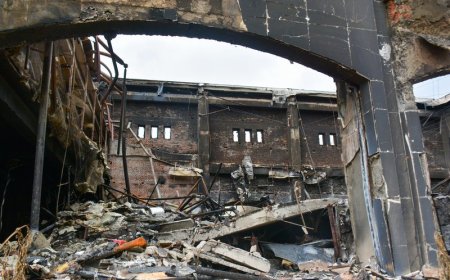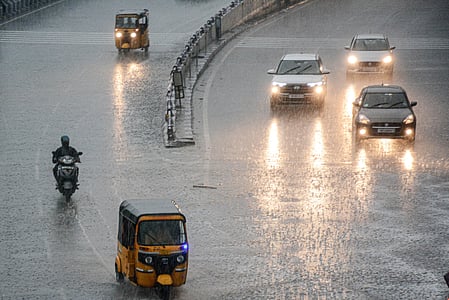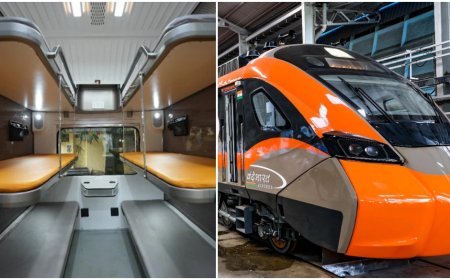China's new Huajiang Canyon Bridge, world's tallest, is twice the height of Eiffel Tower: 8 fascinating facts
China's Huajiang Canyon Bridge passed the load test; around 96 heavy trucks, each weighing around 35 tonnes, were rolled on designated points to test the bridge's structural integrity.

CHINA is all set to open the world’s tallest bridge, built in Guizhou Province, as the Huajiang Grand Canyon bridge has successfully passed a five-day load-bearing test.
The bridge will be opened for traffic in late September.
The load test is the last step before it is considered safe to welcome traffic, according to the BBC.
Around 96 heavy trucks, each weighing around 35 tonnes, were rolled on designated points to test the bridge's structural integrity.
Wu Zhaoming, project manager for the bridge construction process, who is with Guizhou Transportation Investment Group Co, said that the team overcame challenges ranging from controlling temperatures in massive concrete pours to securing slopes in the steep canyon terrain -- all while faced with powerful winds, reported China Daily.
8 interesting facts about Huajiang Grand Canyon Bridge
The bridge has been built 625 metres above a river in Guizhou Province. Upon completion, it will set the record for both the world's tallest bridge and largest span bridge built in a mountainous area.
The massive structure, described by engineers as an “unprecedented engineering feat", has been built at a huge cost of $283 million.
The Huajiang Grand Canyon bridge was completed in a record time of three years since the work was started in January 2022.
Rising 2,050 ft above the canyon floor, it is said to be nine times taller than London’s Tower Bridge and twice the height of the Eiffel Tower in Paris.
The Guizhou Province, known as “the world’s bridge museum,” has more than 30,000 bridges, including three of the tallest ever constructed.
The bridge will cut the travel time between Liuzhi and Anlong to two minutes from two hours previously.
From 21 to 25 August, the bridge underwent a 3,360-tonne load test, its final and most crucial safety check.
For the load test, more than 400 sensors were installed across the main span, towers, cables, and suspenders to track the structure's tiniest movements and shifts.





















































































